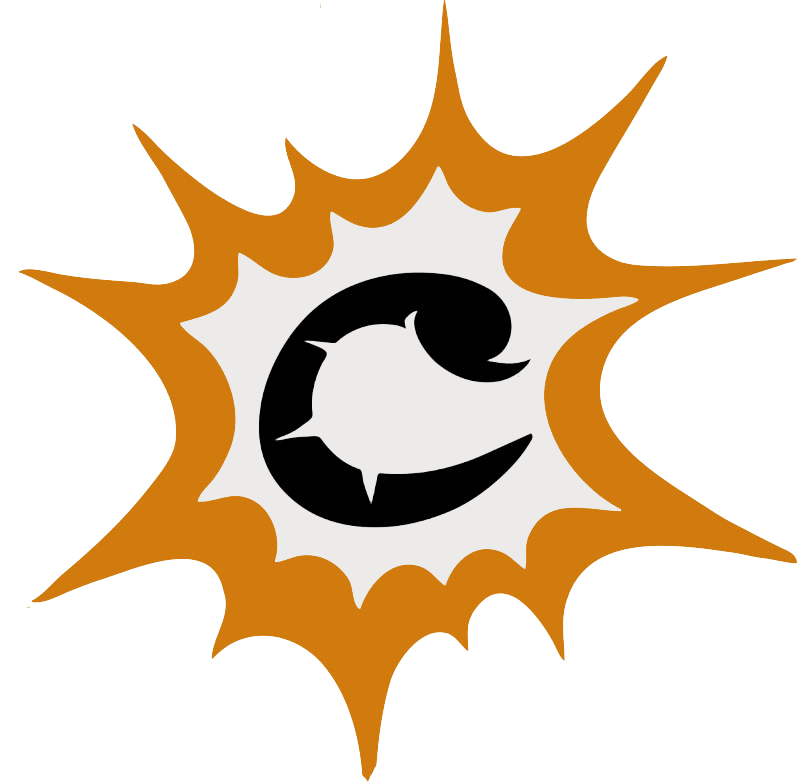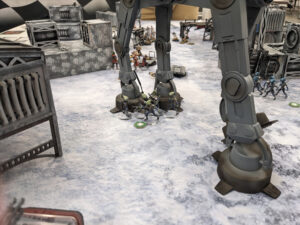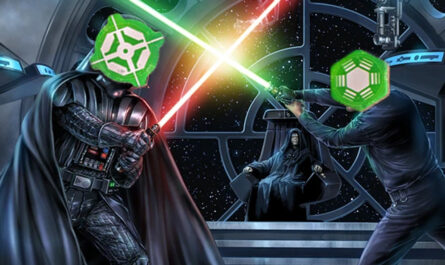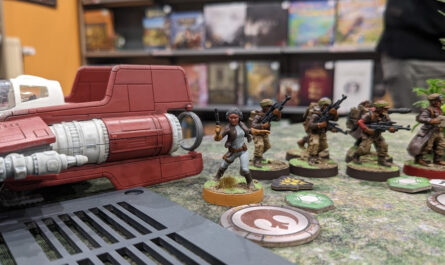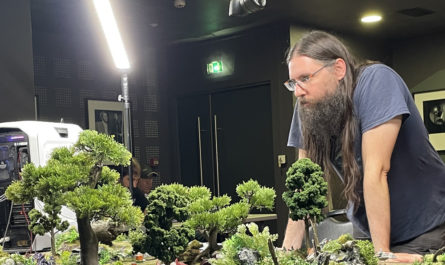Since I started Star Wars Legion, I’ve played on many tables: small ones, big ones, sublime ones and ugly ones. However, my gaming experience changed little from one game to the next. Playing on Tatooine or Endor was the same struggle. On reflection, they all shared the same flaw: a meagre variety of settings. I’m not referring to their shape, but to the function they fulfilled. In this article, I share with you some ideas for unusual settings to spice up your interplanetary conflicts.
The beauty and the brain
In Star Wars Legion tournaments, it is quite common to see beautiful thematic tables. However, good tables are rather rare… When wargamers compliment tables or summarize their experience at a tournament, they’ll often say the tables were extraordinary. But I think they confuse a “beautiful table” with a “good table”:
- A beautiful table is a visually stunning table that offers an unparalleled immersive experience.
- A good table is a table whose layout and choice of terrain have been thoughtfully designed to provide a deeper, more engaging gameplay experience.
In this article, I’ll focus on choosing terrain to create better tables. It’s a topic that is rarely discussed but is crucial for maximizing enjoyment.
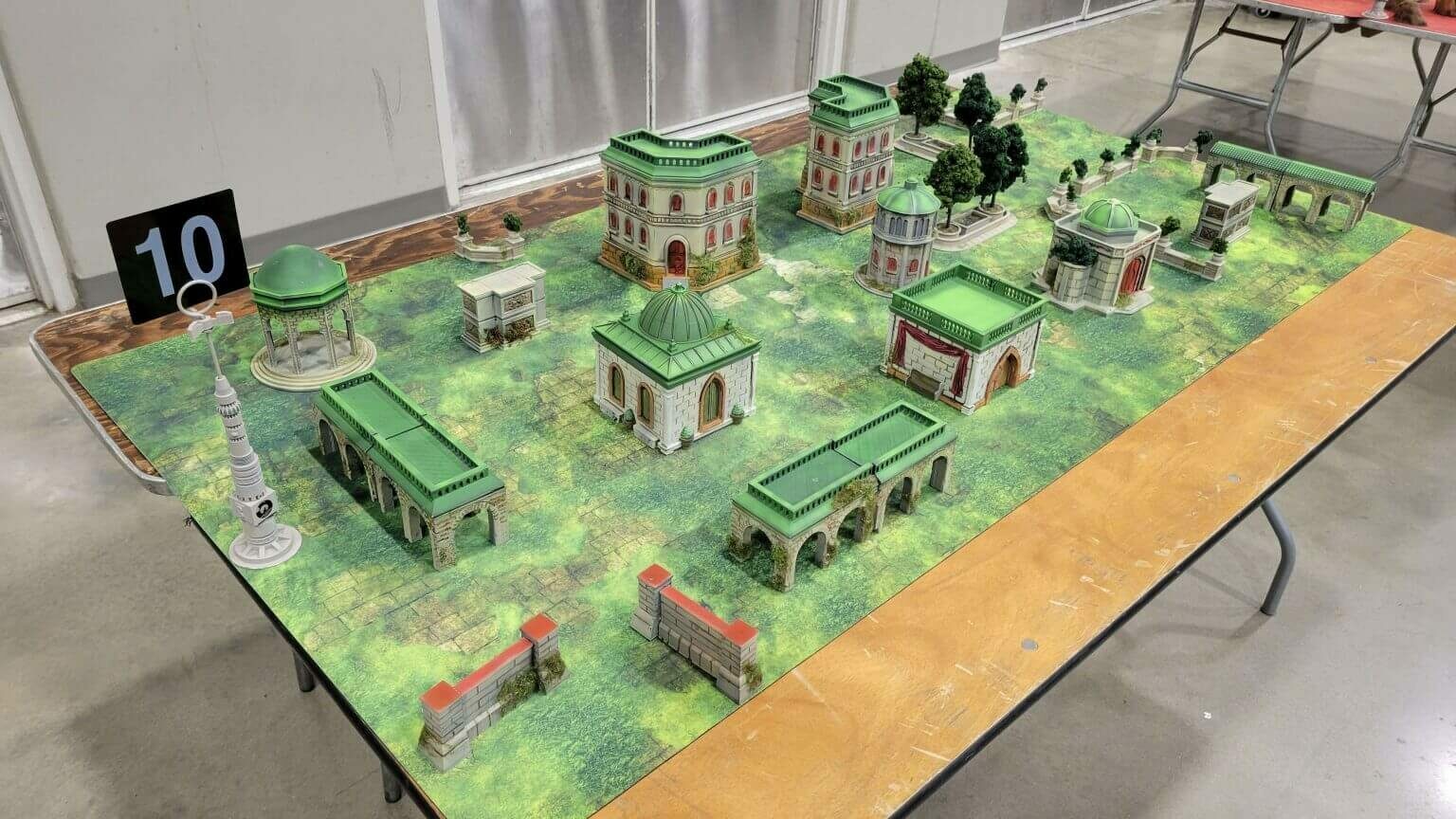
Terrain and its function
Beyond its immersive role, terrain primarily serves a function on the gaming table: blocking lines of sight, providing cover, slowing troop movement, etc. The more your table includes terrain with varied functions, the richer your gaming experience will be. Unfortunately, the tables we play on often lack variety: they typically feature buildings and heavy cover, occasionally accompanied by difficult terrain. And that’s it.
A bit sad, isn’t it?
Yet, it’s entirely possible to diversify the functions of your terrain. Does that mean you need to flood your table with a multitude of terrain pieces to achieve this? Of course not. You just need to combine multiple functions into a single piece of terrain.
“But what terrain functions are missing from my table?” you may ask.
Identifying missing functions
The simplest and most effective way to identify the missing terrain pieces is to consider two game parameters, such as “line of sight” and “impassable”. With these, you can create a two-by-two table that provides four types of terrain to implement:
| is open | is impassable | |
| authorizes line of sight | ✔️ | ⁉️ |
| does not authorize line of sight | ⁉️ | ✔️ |
Thanks to this table, it becomes immediately clear that two types of terrain are often missing from our tables:
- Those that allow line of sight but are impassable.
- Those that block line of sight but are open.
Examples of tactically interesting terrain
The smoke field
An area terrain that blocks line of sight but is open. Imagine, for example, a recently crashed ship whose debris marks an area filled with dense smoke, or vapors rising from several hot springs. This type of terrain is tactically interesting for units specialized in close combat. They can advance discreetly toward the enemy without slowing down, as no detours are required.
Ponds
An area terrain that is impassable but allows line of sight. In the case of a pond, a chasm, or even a Sarlacc pit, these terrains force troop movement into a circular pattern. If my opponent goes right, do I follow? Do I avoid close combat or embrace it? These are the kinds of questions you might ask yourself during the battle. Unlike the smoke field, this type of terrain benefits units specializing in long-range attacks.
If you play with this type of area terrain, I recommend prohibiting movement for all units, even Speeders. If this seems unrealistic, think of a Sarlacc or another creature that could suddenly emerge and grab any flying vehicle. Or consider a river of lava, where the extreme heat and frequent splashes make crossing fatal, even for vehicles. The justification doesn’t matter as long as you maintain the functional role of the terrain—that’s all that counts.
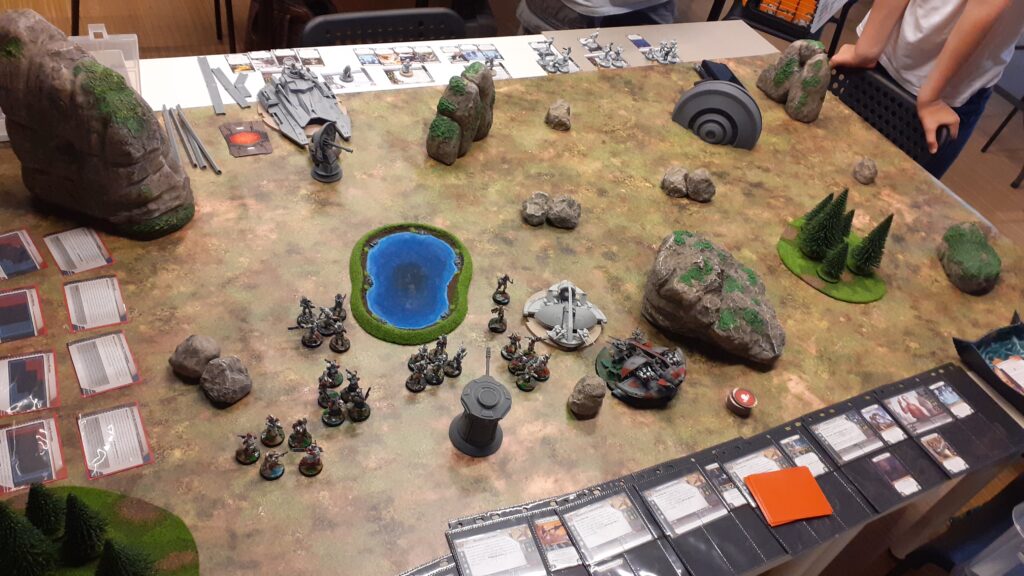
The player and the fear of losing: a phobia that leads to missed opportunities
The players I meet want the gaming table to be their ally even before the match begins.
– “And that piece of terrain, light cover?”
– “No, no, heavy cover,” they reply.
Even the layout of the terrain seems a carefully mapped route to reach the center of the table as safely as possible. You may recognize yourself in this conversation. If so, can I blame you? Yes and no. After all, you didn’t spend hours painting your miniatures just to lose two hours away from home, right?
This fear of failure limits your tactical potential and, believe it or not, diminishes your enjoyment of the game.
Dare to use terrain with negative impact
Yes, adding terrain with negative impact for players has its advantages. First, it makes the table more realistic since nature is inherently hostile. Second, it awakens the tactician within you. Triumphing over both your opponent and the terrain will make your victory even sweeter.
For competitive players already bristling at the thought of being hindered, remember that terrain is neutral: if it’s a challenge for you, it will be for your opponent as well.
Revisit the concept of the two-by-two table, but this time using the parameters “Cover” and “Difficult Terrain.”
| Provides cover | Does not provide cover | |
| is difficult terrain | ✔️ | ⁉️ |
| isn’t difficult terrain | ✔️ | ✔️ |
We notice yet another type of terrain missing from our gaming tables: difficult area terrain that offers no cover.
The swamp
The swamp is an example of difficult area terrain that provides no cover. Its purpose is to create a dilemma for players: take a risky shortcut or opt for a long, safe detour? To fully utilize this dilemma, proper terrain placement is key. If you isolate it, it will become a poor imitation of a pond—players will simply choose to go around it rather than cross it. However, if you place it in strategic hotspots (such as between two buildings or near common objective areas), it will fully reveal its potential.
Dare to use light cover
Let’s go back to my thoughts on cover and those players who swear by heavy cover. Since Atomic Mass Games revised the cover rules, it’s rare for a unit to be left without cover on the battlefield. Where is the fun in constantly labeling every piece of terrain as heavy cover ?
If light cover exists, why not use it? Light cover is an interesting mechanic as it synergize with other effects, such as being suppressed. Light cover + being suppressed = heavy cover. See? Your comforting ally is still there. It never left. By favoring light cover over heavy, you allow for more tactically refined movement options.
Next step ? Toward smarter tables!
What if your resolution for your next games was to design more strategically thought-out tables? In this article, I’ve shared some ideas for unusual terrain to spice up your Star Wars Legion games and more importantly to sharpen your tactical thinking.
These terrains also offer an opportunity to personalize your thematic tables. Are your battles taking place in Tatooine’s deserts? Scatter the battlefield with quicksand (difficult terrain without cover) and a Sarlacc (impassable terrain that allows line of sight). The gameplay experience on Tatooine will be vastly different from your neighbor’s game on Coruscant. And that’s the beauty of it.
So, what are you waiting for? Get to work! There’s terrain waiting to be built for your next tournament.
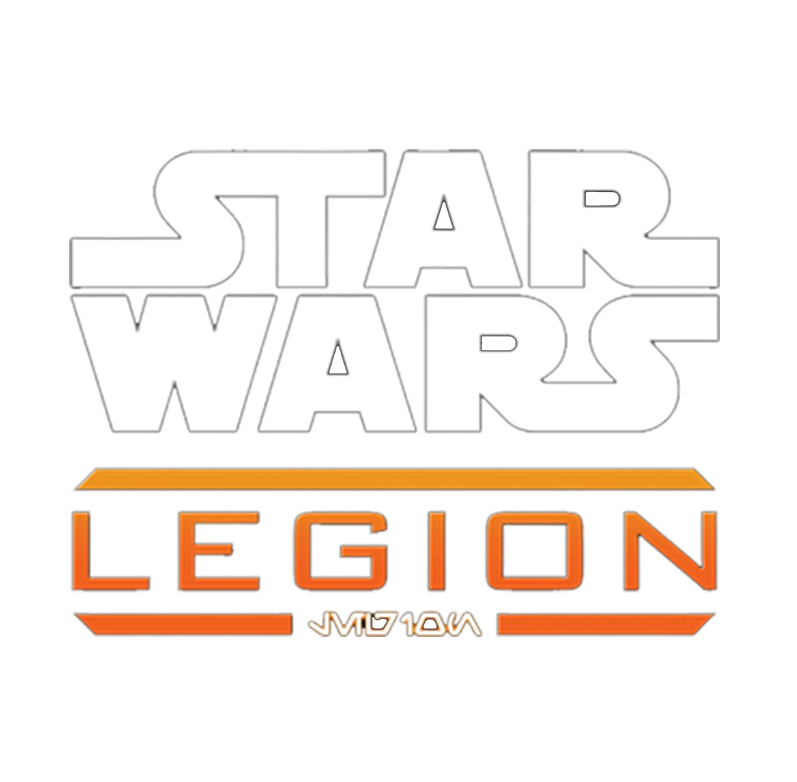
Need advice building your army list?
Join your country’s Star Wars: Legion Discord community and get answers to your questions.
